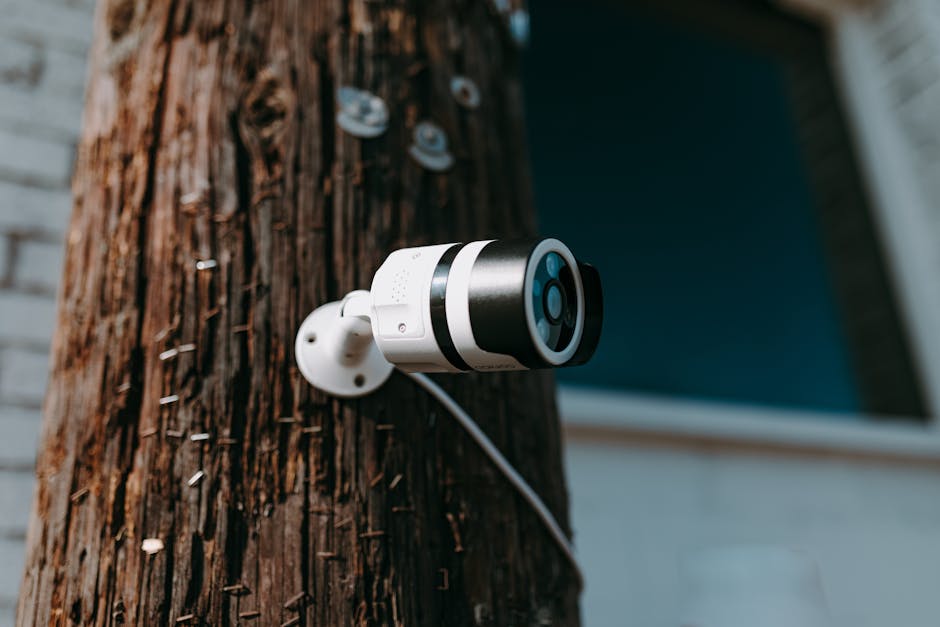Welcome to The Download, your weekly dive into the digital and the real. This week, we’re swapping our keyboards for a wrench and then promptly picking them back up to navigate the thorniest of family WhatsApp groups. It’s a strange juxtaposition, but in the whiplash-inducing reality of modern India, knowing how to diagnose a faulty fuel injector and a faulty argument are becoming equally essential life skills.
The Mechanical Fix: How to Fix a Tractor
Let’s start with the tractor. For millions of our countrymen, the rhythmic chug of a tractor isn’t just background noise; it’s the sound of their livelihood. When it sputters and dies in the middle of a field, it’s a tangible crisis with a physical form.
There’s a beautiful, logical clarity to fixing a machine. You can smell the diesel, feel the grease under your fingernails, and trace the problem with your fingers and a user manual. Is it the battery? The fuel line? A clogged air filter?
The internet, in its most noble form, has become the ultimate toolkit. Learning how to fix a tractor is more accessible than ever. A quick search for “Swaraj tractor starting problem” yields a dozen videos of farmers and mechanics patiently explaining the diagnostics. It’s a world of cause and effect, of shared knowledge and practical solutions. The satisfaction of turning the key and hearing that engine roar back to life is immense. You have identified a problem, applied a solution, and fixed reality.
The Human Disconnect: Living Among Conspiracy Theorists
Now, wash your hands, pick up your phone, and brace yourself.
The second part of our download is about living among conspiracy theorists. It’s a far murkier, more frustrating challenge, and one that’s becoming alarmingly common. The problem isn’t a broken machine, but a broken trust in reality itself. It could be an uncle forwarding a video about microchips in vaccines, a neighbour convinced that weather patterns are being controlled, or a friend who believes every major news event is a staged “false flag” operation.
Here, there is no user manual. There are no tools that can tighten a loose belief. In fact, presenting evidence—the ‘user manual’ of verified facts—is often counterproductive. In the world of the conspiracy theorist, that evidence is just part of the conspiracy. The very people who should be trusted—scientists, journalists, doctors—are recast as villains in a grand, shadowy narrative.
From Engine Blocks to Belief Systems: A Different Toolkit
Unlike a tractor’s engine, which operates on the laws of physics, this engine runs on emotion: fear, a feeling of powerlessness, and a deep-seated desire for simple answers in a complicated world. It’s easier to believe in a cabal of evil people controlling everything than to accept the chaotic nature of global events.
So, how do you ‘fix’ this? The short answer is, you probably can’t. You can’t debate someone out of a position they didn’t arrive at through logic. The best approach when living among conspiracy theorists isn’t about winning an argument; it’s about preserving a relationship.
It involves less diagnosing and more listening. Ask questions: “What makes you feel that way?” or “Where did you see that?” Instead of attacking the belief, try to understand the fear or anxiety behind it.
This week, we learned that our world demands two different kinds of intelligence. One is the mechanical ability to look at a complex system, identify a fault, and repair it. The other is the emotional ability to engage with a belief system that rejects logic, and to find a human connection within it. One gives you the satisfaction of a running engine; the other, if you’re lucky, offers the quiet relief of a conversation that didn’t end in a shouting match. Both, in their own way, are about trying to make the world work again.




